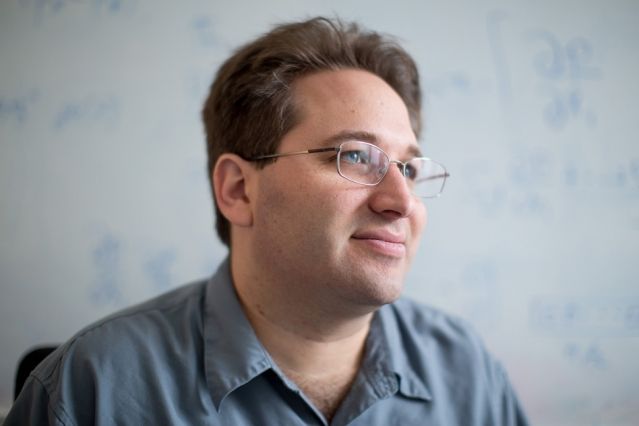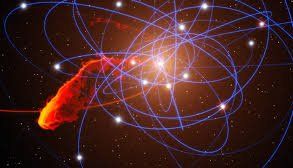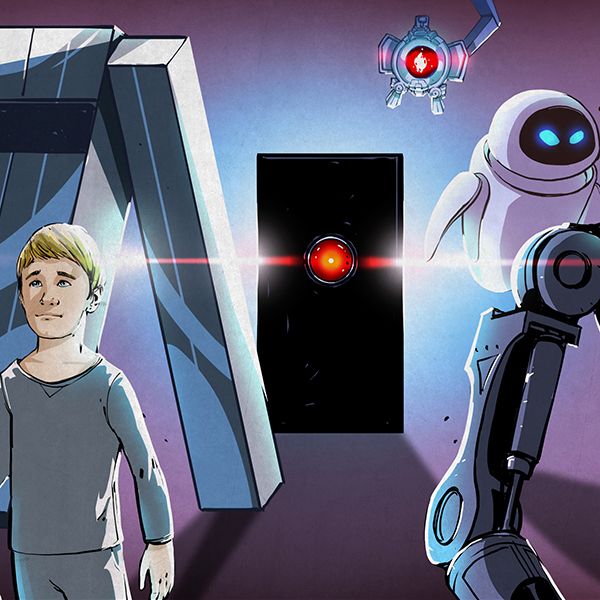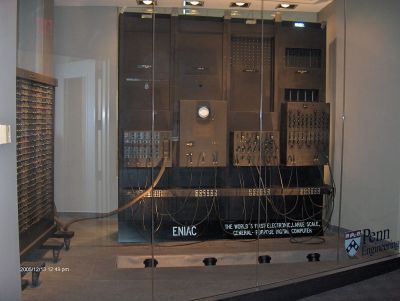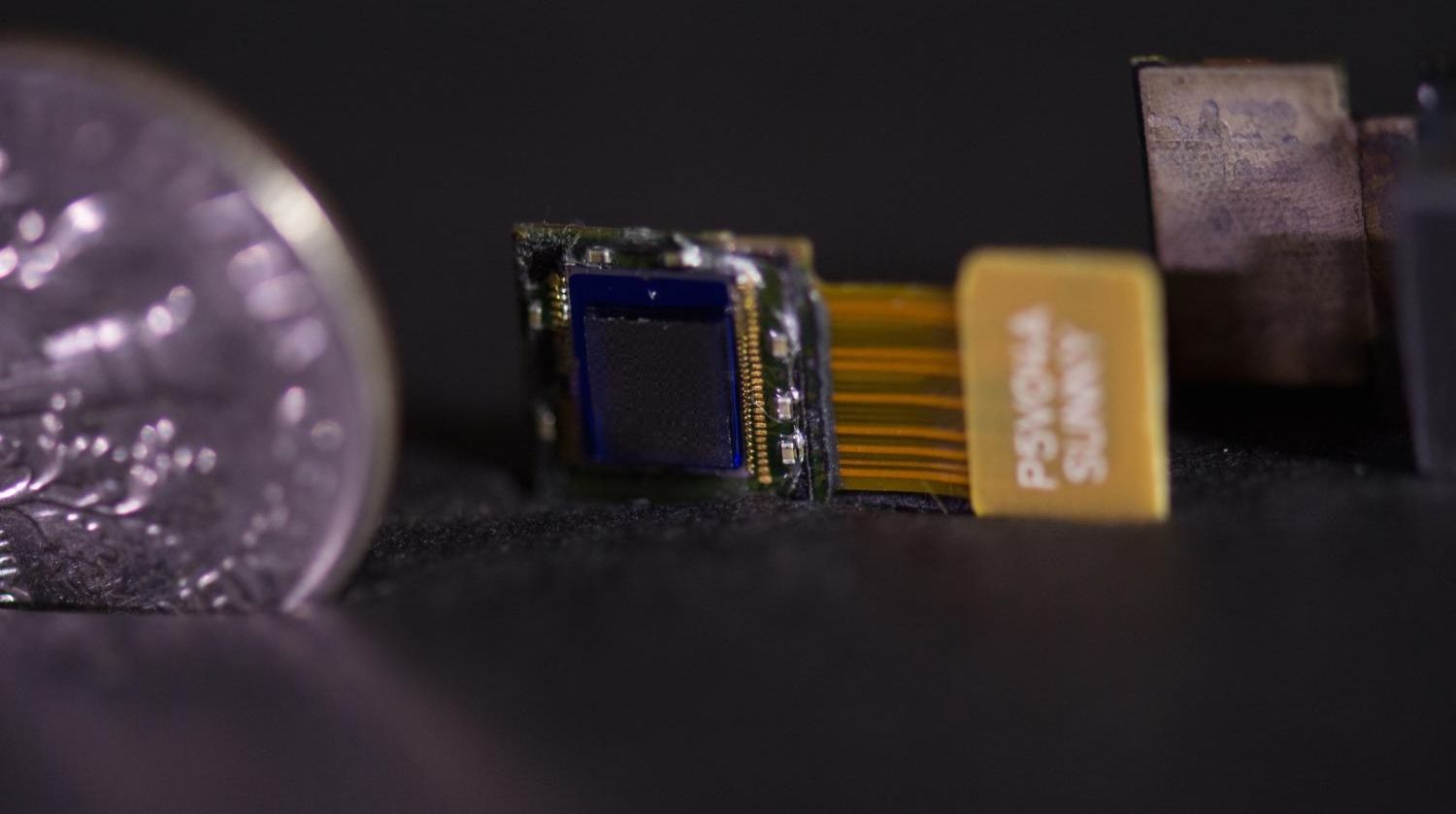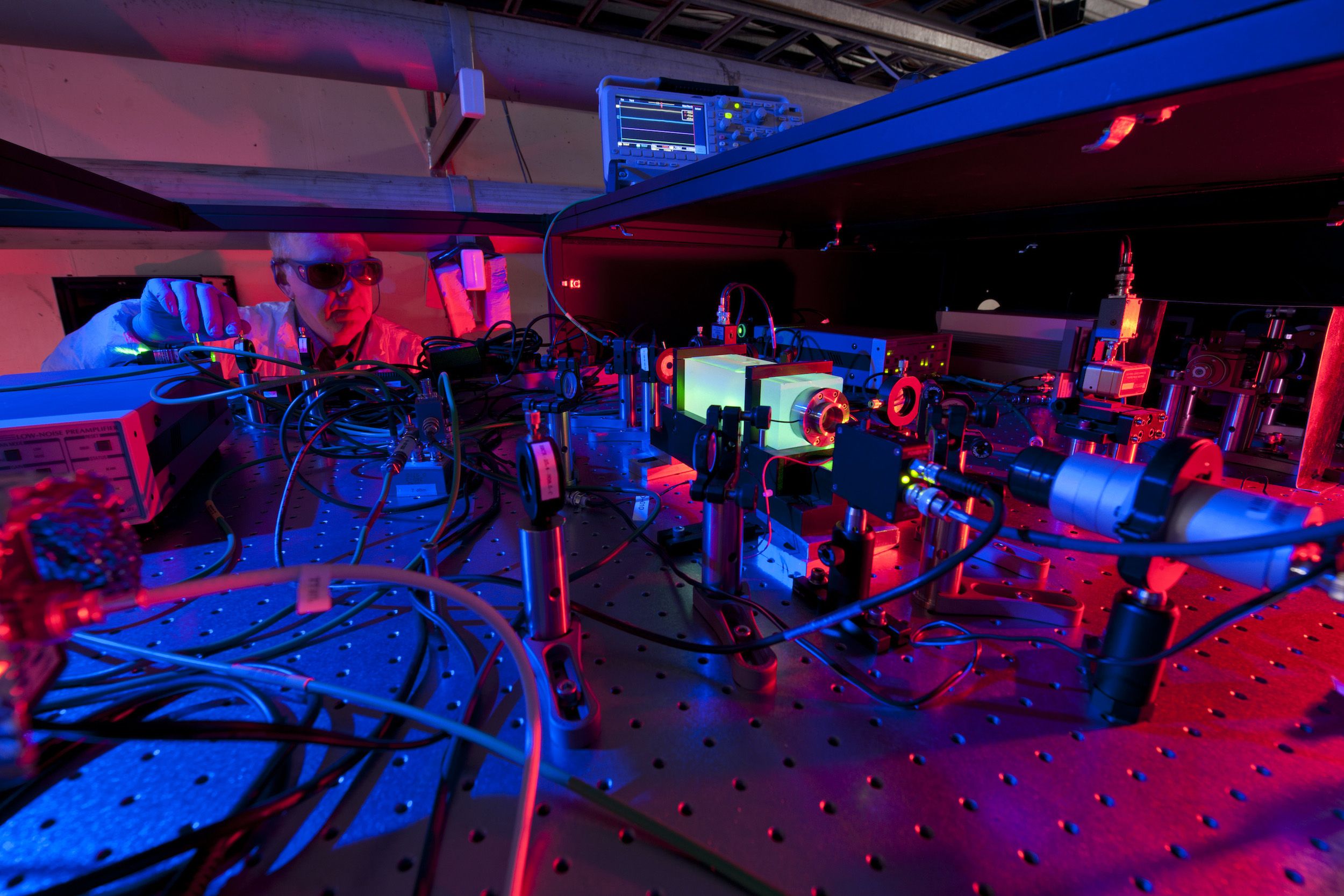Dec 14, 2015
Scott Aaronson on Google’s new quantum-computing paper
Posted by Andreas Matt in categories: computing, information science, quantum physics
In 2010, a Canadian company called D-Wave announced that it had begun production of what it called the world’s first commercial quantum computer, which was based on theoretical work done at MIT. Quantum computers promise to solve some problems significantly faster than classical computers—and in at least one case, exponentially faster. In 2013, a consortium including Google and NASA bought one of D-Wave’s machines.
Over the years, critics have argued that it’s unclear whether the D-Wave machine is actually harnessing quantum phenomena to perform its calculations, and if it is, whether it offers any advantages over classical computers. But this week, a group of Google researchers released a paper claiming that in their experiments, a quantum algorithm running on their D-Wave machine was 100 million times faster than a comparable classical algorithm.
Scott Aaronson, an associate professor of electrical engineering and computer science at MIT, has been following the D-Wave story for years. MIT News asked him to help make sense of the Google researchers’ new paper.
